Picture the scene at Audi head office. The company is no longer racing in the DTM and has withdrawn from Formula E. Both announcements meant there were presumably a lot of race engineers standing idly around wondering what to do with all the make-things-go-faster stuff.
Then someone hit on a bright idea: why not put it all into a Dakar Rally car? So here it is: the Audi RS Q E-tron, possibly the world’s most recycled racing car. Talk about being on-message with the climate agenda.
The RS Q E-tron is also, as you would expect from a German manufacturer, one hell of a statement of intent. Although its road car implications aren’t clear at the moment (or at least aren’t being spoken about officially), it is apparent that, with the investment and technology being packed within its tubular spaceframe, Audi would be mad not to use it for a wider ultimate purpose.
A few details, then. Designed for Dakar’s T1-U regulations (a new class that the event organisers hope will mean 100% of vehicles by 2030 will be low-emissions), the RS Q E-trons are being constructed at Audi’s Neuburg site, in the same building that was designed to house Audi’s now-mothballed LMP1 endurance racing programme.
Despite the recycling, Audi is quick to acknowledge that the project carries risk. “It’s the most complex car we’ve ever done,” according to Julius Seebach, managing director of Audi Sport. “An LMP1-plus,” is how Stefan Dreyer, head of powertrain development, puts it. At its heart are four power plants: three electric motors, weighing 33kg each (one to act as generator, the others to power the front and rear axles, and all three nicked from Formula E), and one mid-mounted petrol engine. This is a turbocharged four-cylinder 2.0-litre petrol unit taken from Audi’s DTM race car. The drive element, then, is electric, with the engine purely as a power source to charge the battery – the ‘energy converter’. The motors have a single-speed gearbox, with a slip clutch in place so that the revs don’t run away over jumps. Total power is 386bhp, and that’s dictated by the rules.



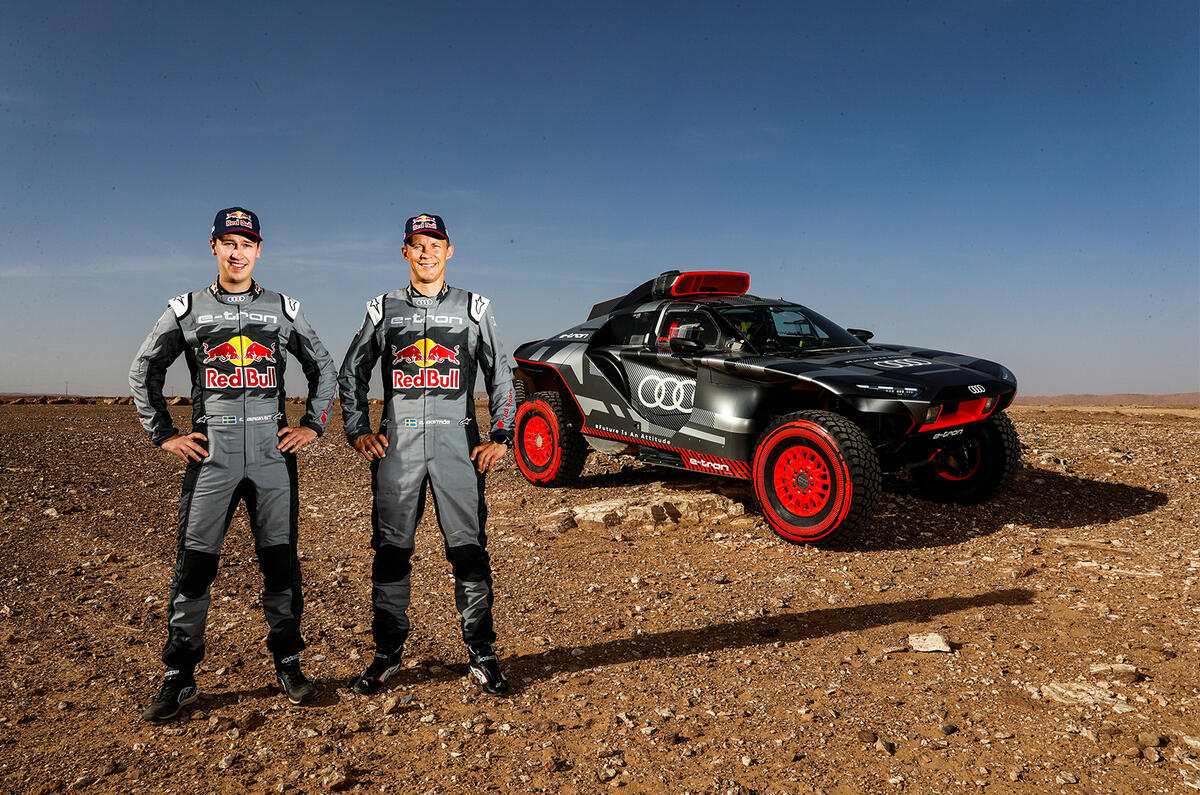
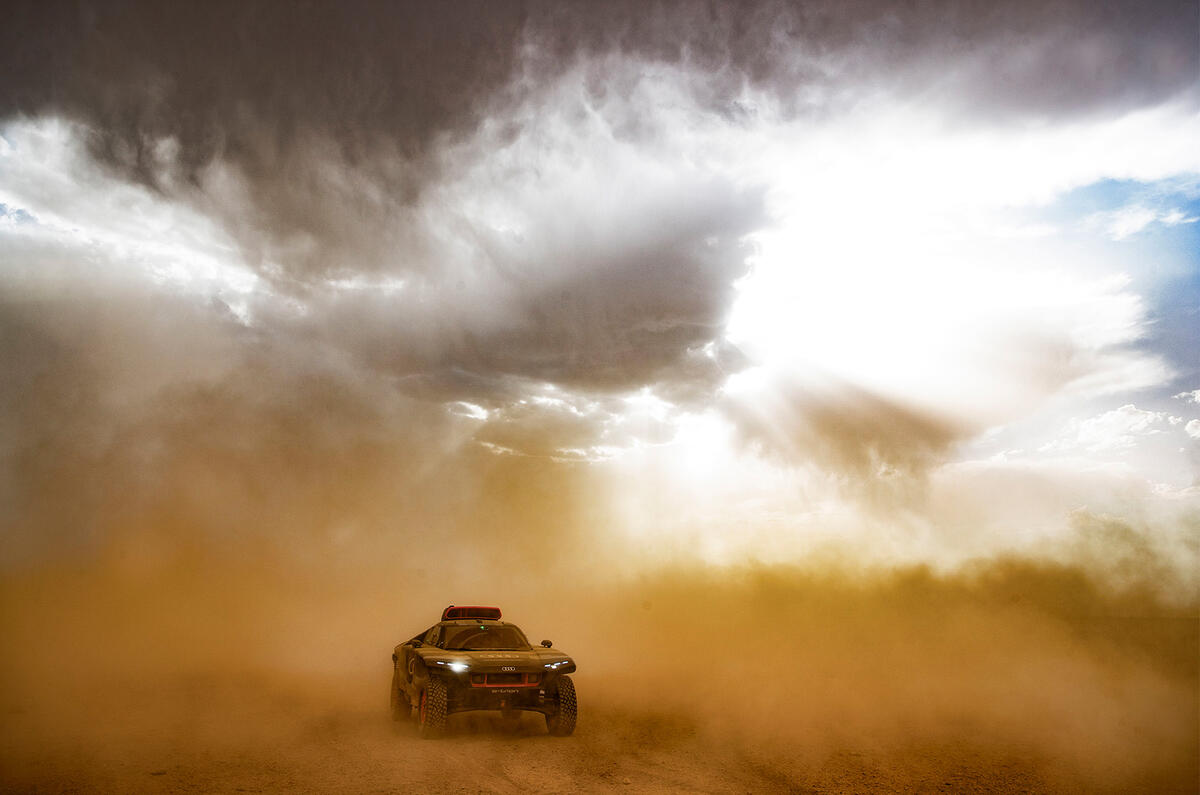

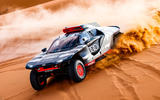
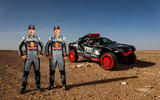
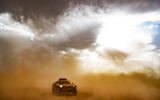
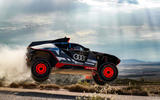

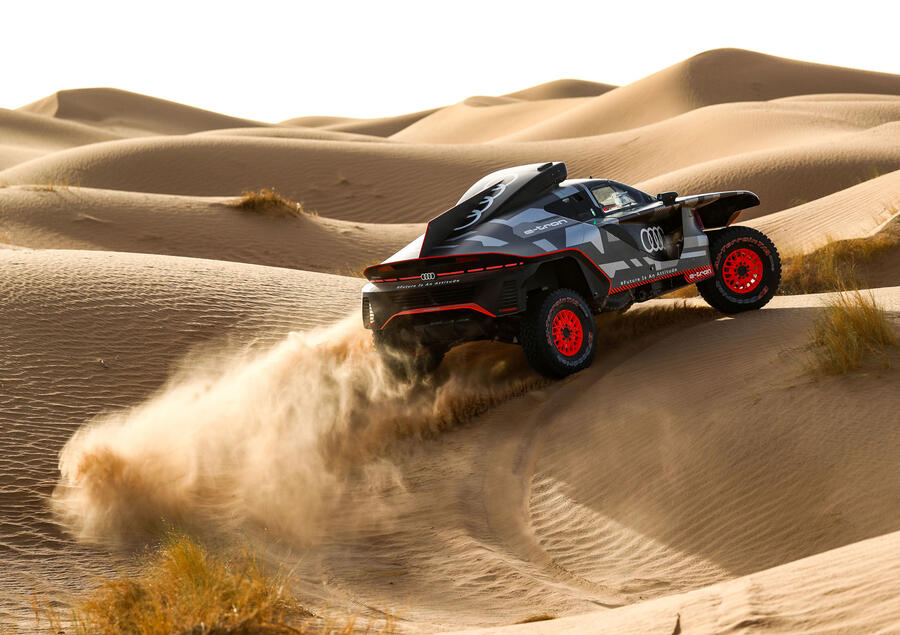
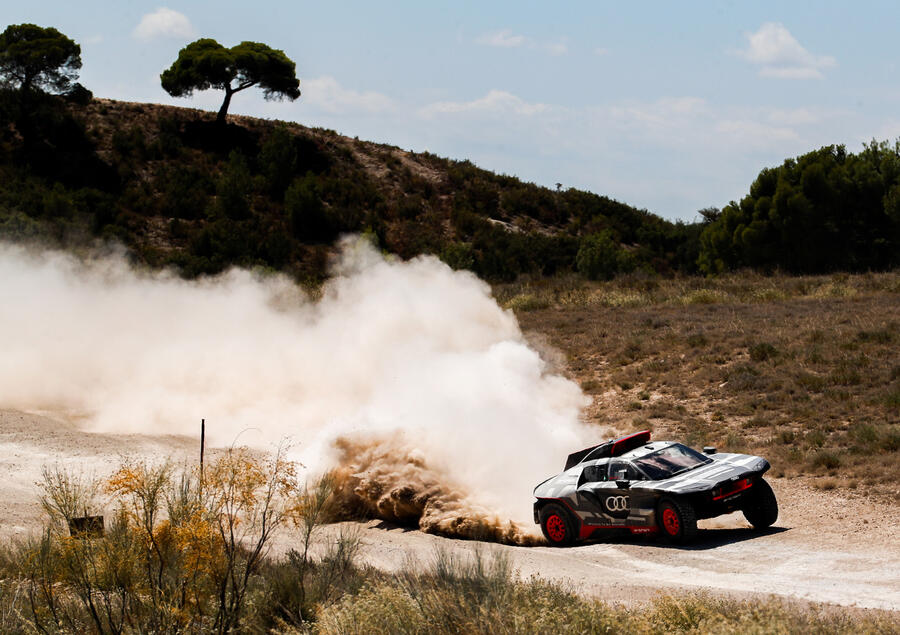
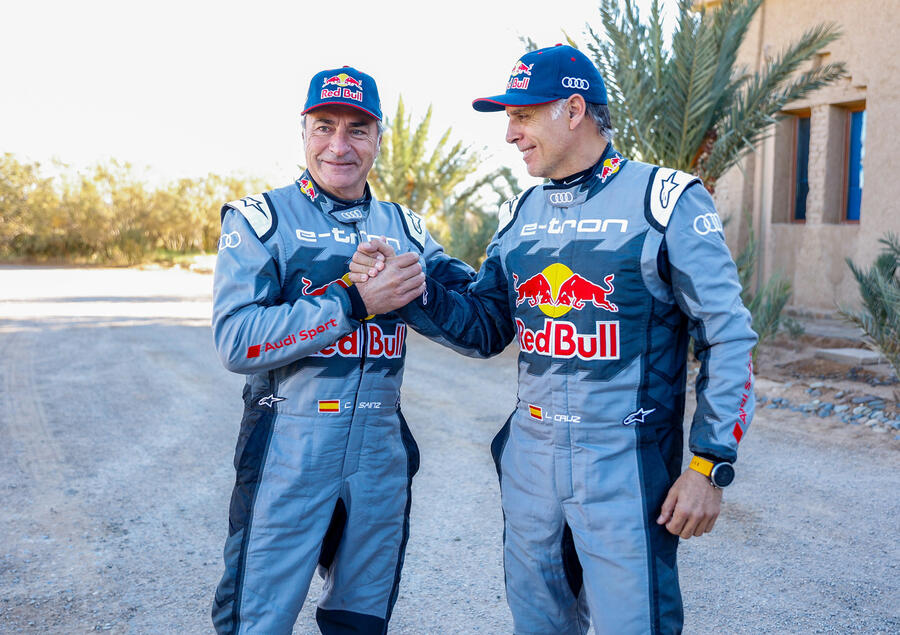
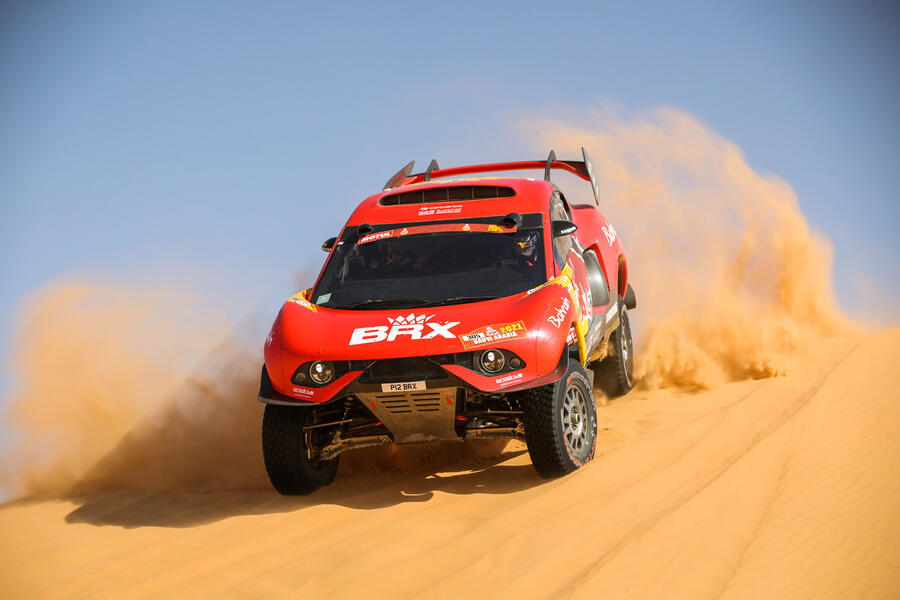
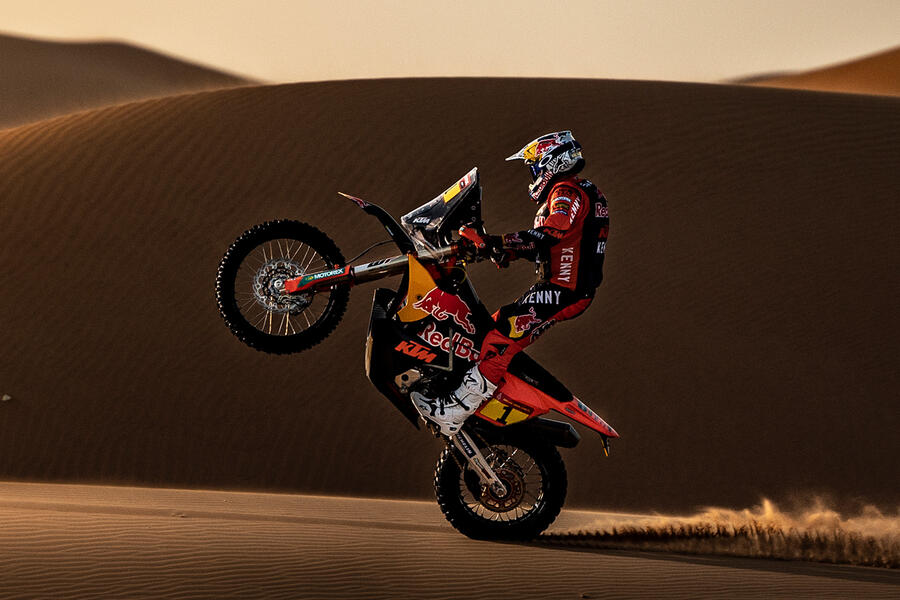
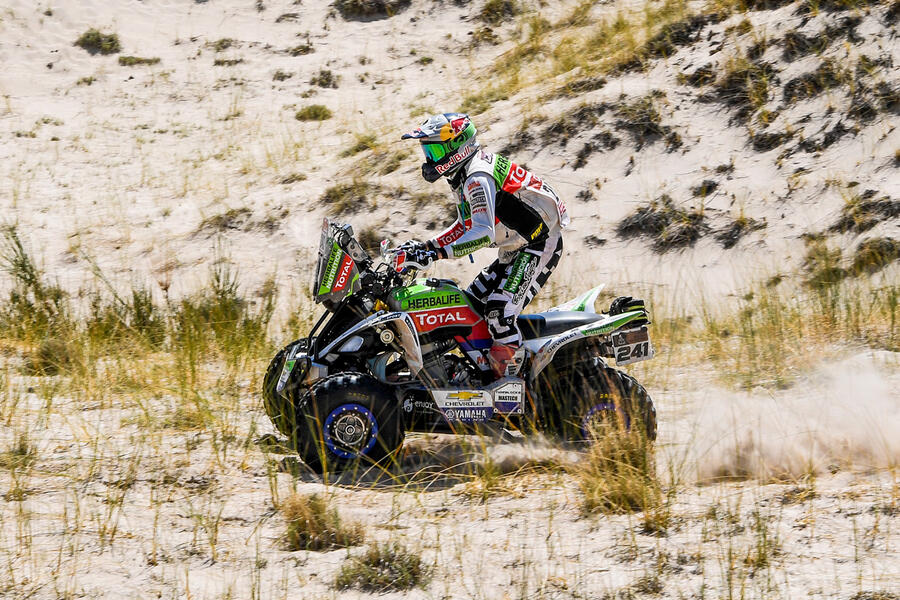
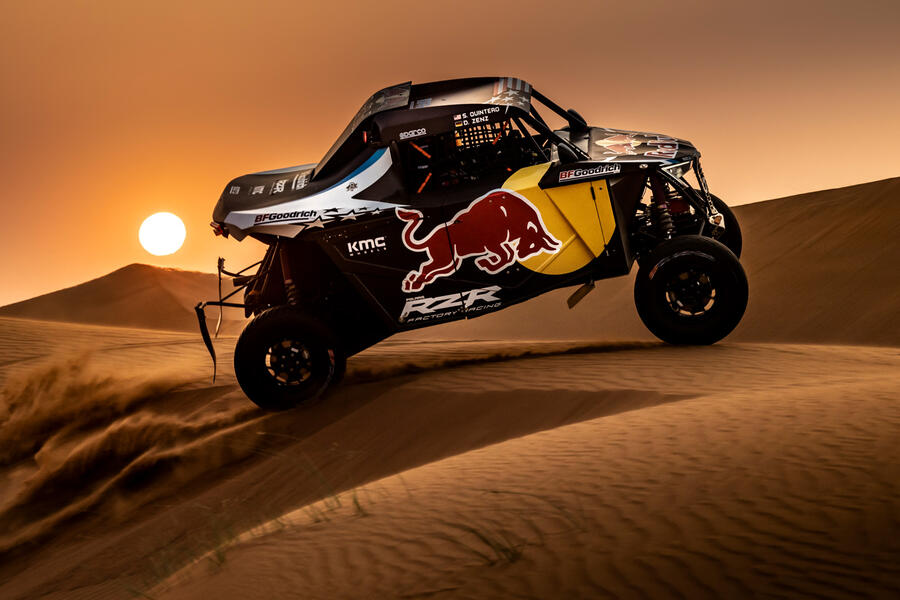
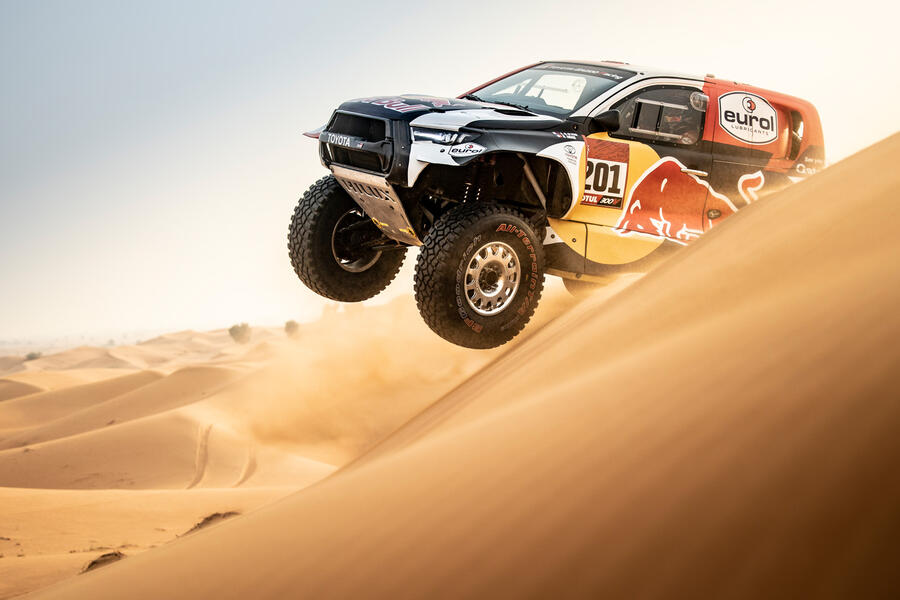
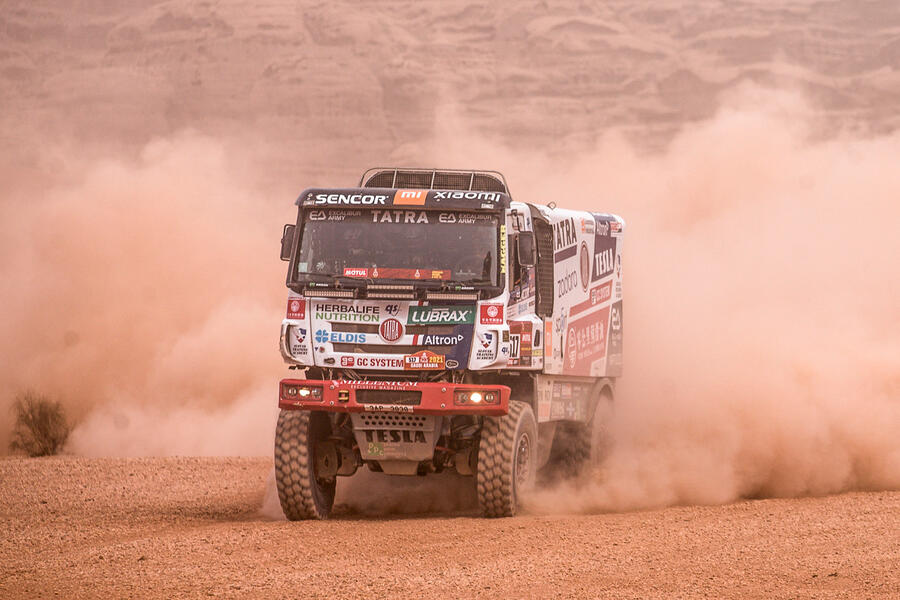

Join the debate
Add your comment
I'm missing something here. A technological blind alley? Yes, range of BEVs for some modes of transport will be an issue for a select few, and also for all trucks and passenger aircraft. The fuel could be synthetic, so the engine could run in its most efficient range to minimise tailpipe emissions, but renewable electricity and battery storage will leave be more efficient and avoid the tailpipe emissions won't they?
A technical exercise at best. A blind alley at worst.